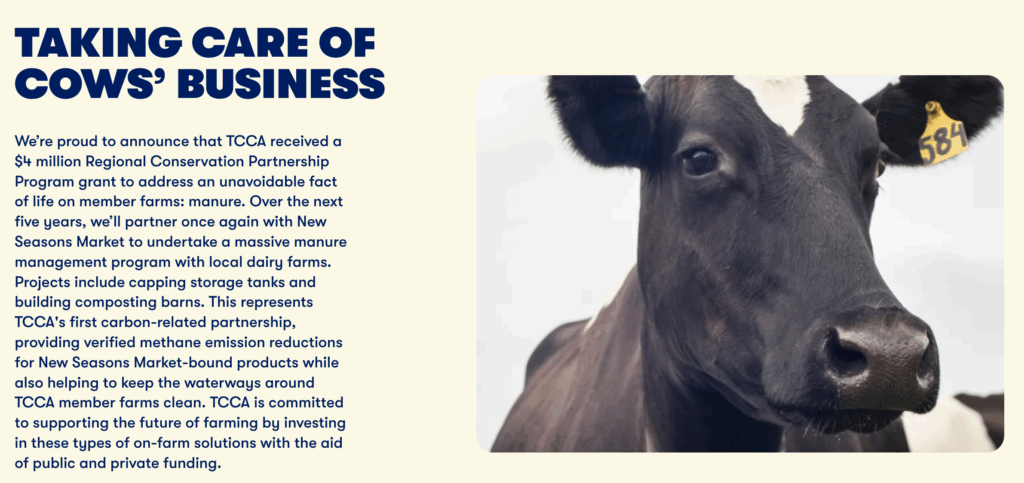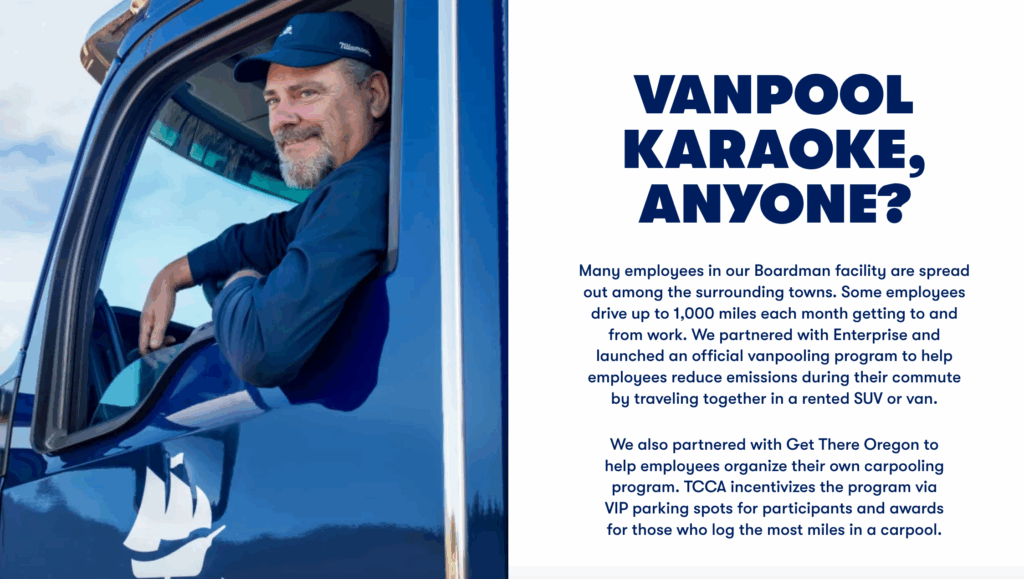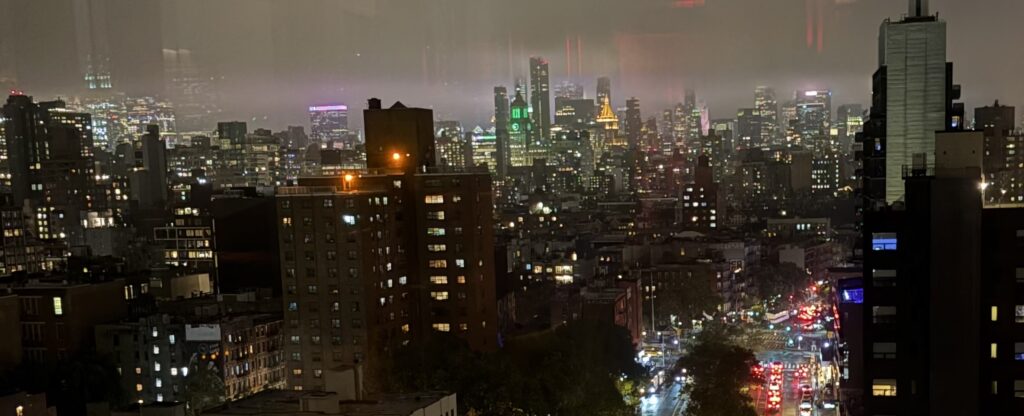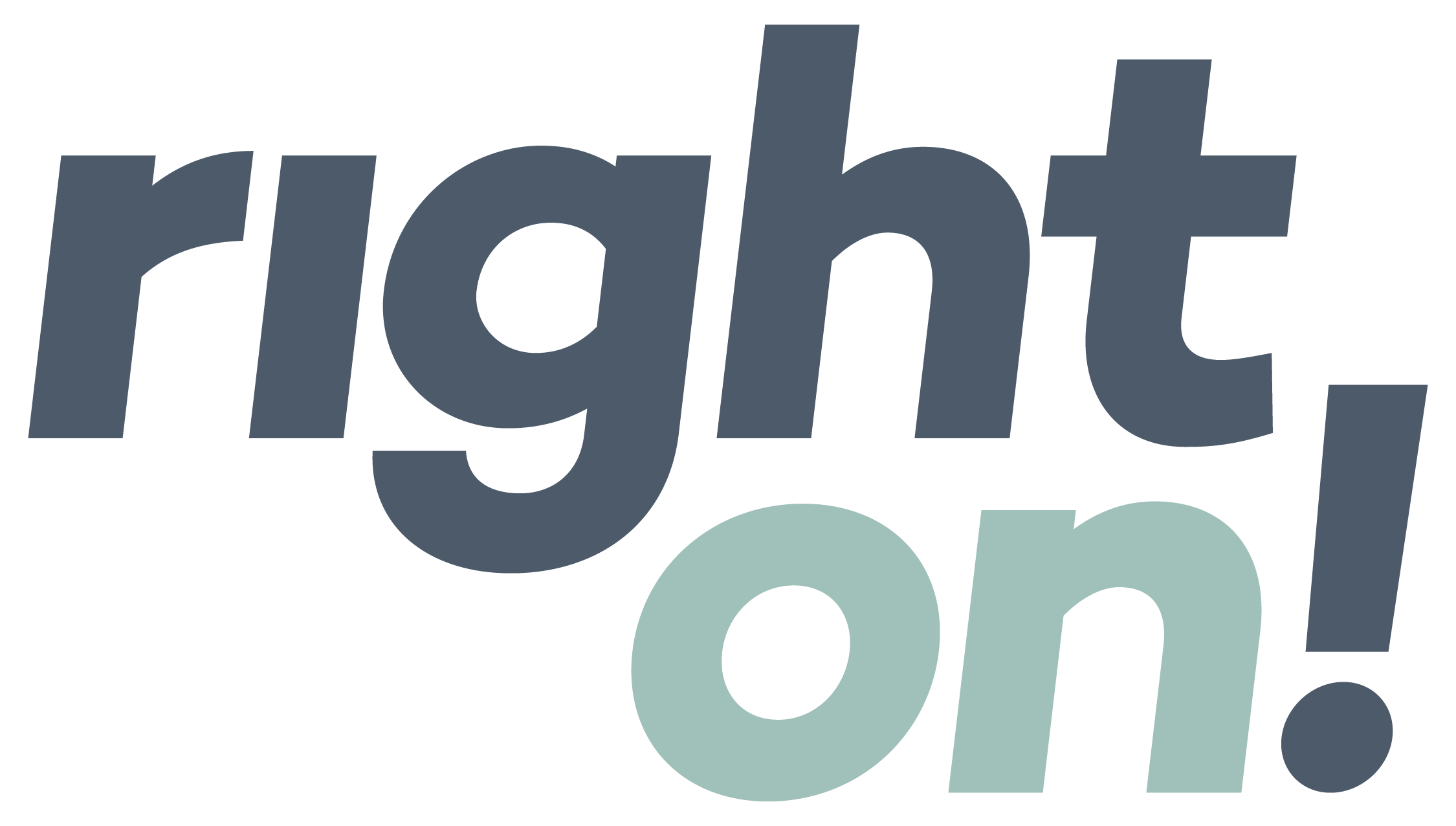
Now a word from nature. And doctors.
When my kids were in elementary school, they took an annual field trip to the Great Salt Lake. The trip consisted of floating in the salty waters, catching brine shrimp, and digging giant holes in the sand. There were no nature tours, science experiments, or ranger talks. The “lesson” was simply being in nature, with freedom to explore.
Their teachers insisted they’d remember these trips more than anything else they learned in elementary school. And now that these “kids” of mine are in their twenties, I can attest that this is 100% true.
Research bears out this anecdotal evidence. According to an integrative review of the role of nature in learning and development, published by NIH, time in nature improves attention, lowers stress, increases retention, and boosts creativity.
And yet many of us working to protect nature have desk jobs.
That’s why it was so powerful to participate in The Health Summit at Sundance earlier this month—where time in the conference room was balanced with plenty of free time in the mountains.
Convened by Harvard Business School Executive Fellow Dr. Vivian Lee, University of Utah’s Director of Population Health, Danielle Sample, and the ROCS Foundation, the Summit brought together healthcare luminaries who’ve devoted good portions of their life’s work not only to the health of people, but also to the health of our planet. I was there to lead a few discussions and exercises on communicating sustainability—but I spent most of my time learning from the other participants.
There’s so much to tell you about the incredible work being done to bring better environmental and social practices to health systems—from NYU’s Return on Sustainability Investment methodology to UC Davis’ farm-to-fork hospital food and a million things in between. But for the purposes of our newsletter on sustainability communications, I’m going to stay focused on three storytelling lessons from healthcare sustainability leaders I met at Sundance—and how we can bring them to our own initiatives and projects.
1. Lead with empathy.
When Vanderbilt University Medical Center Professor and entrepreneur Dr. Reed Omary decided to launch his first social venture—a nonprofit that will co-create sustainable medicine with patients—he knew exactly where to start. “I conducted a series of customer interviews so I could develop solutions to meet their needs as well as those of the planet,” he explains.
Over the course of a year, that added up to over 300+ customer interviews—and the time was well spent. “Often, climate-focused businesses get this process backwards. Instead of presenting a solution to what a customer needs, they present a product, service, or solution that isn’t needed.”
The same goes for how we communicate those solutions. We must understand what makes our audience tick—the things that spark them and the things that keep them up at night—so we can tell stories with enough emotional power to change the way they think and act.
2. Frame the story.
Once we know what messages resonate with our audience, there are endless ways to frame a compelling story. Weill Cornell Medical College Professor and New Yorker writer Dr. Dhruv Khullar shared one tried-and-true framework that has the power to move people—and sometimes even move mountains.
Using an integrated story of self, us, and now, he showed us how to weave together personal experience (self), shared values (us), and an urgent need (now) in a way that inspires action. Martin Luther King used this framework in his “I Have A Dream” speech. And Barack Obama used it in his 2004 keynote at the Democratic National Convention. Here’s how Obama did it:
- Self: “Let’s face it, my presence on this stage is pretty unlikely. My father was a foreign student, born and raised in a foreign village in Kenya. He grew up herding goats, went to school in a tin-roof shack.”
- Us: “I stand here knowing that my story is part of the larger American story, that I owe a debt to all those that came before me, and that on no other country on Earth is my story even possible.”
- Now: “People don’t expect the government to solve all their problems. But they sense, deep in their bones, that with just a slight shift in priorities, we can make sure that every child in America has a decent shot at life, that the doors of opportunity remain open.”
This strategy isn’t just for civil rights leaders, presidents, or your CSO’s next keynote. You can use it to make just about any type of content sing—including your next sustainability report.
3. Make it fun.
“Sustainability should be where the cool kids are.” This was the rally cry of the UK’s National Health Service CSO, Dr. Nick Watts, on our first night of the Summit. While he was talking about the sector as a whole, the external manifestation of this is how we communicate sustainability—which is often the exact opposite of cool, fun, or even interesting.
And yet there’s more opportunity to tell a compelling, emotional story in sustainability than in any of the other sectors I’ve worked in. Just look how our clients at Tillamook County Creamery Association (TCCA) did it in their latest stewardship report. By incorporating their “winky” brand voice into the content, we helped them blend emotion and data to create a report that’s uniquely Tillamook. And truly fun to read.


The greatest communications challenge of our time.
Much to my delight, the healthcare sustainability leaders at Sundance fully embraced the topic of sustainability communications. “Realizing how banal our standard language is was a real eye opener,” says Dr. Lee. “Everyone is so guilty of it. The blah blah blah.”
But here’s the good news: The offenders can be rehabilitated. And I’ve made it my mission to help them. Not only because I care about the beauty of language and the power of storytelling, but also because, as Sir David Attenborough puts it, “saving the planet is now a communications challenge.”
No pressure or anything, but we’ve got some work to do. I know you’re here for it. And so am I.
Our Most Recent Insights.
SEE ALL INSIGHTS →
Strategy
How to talk climate with conservatives.
Many conservatives care deeply about the environment. They just talk about it differently.

Storytelling
Stories of hope from Climate Week.
At Climate Week NYC, people showed up to with creative, courageous climate solutions.

Strategy
Get your sustainability initiatives funded.
How healthcare leaders win support for sustainability — and how you can, too.
